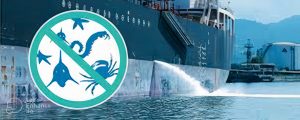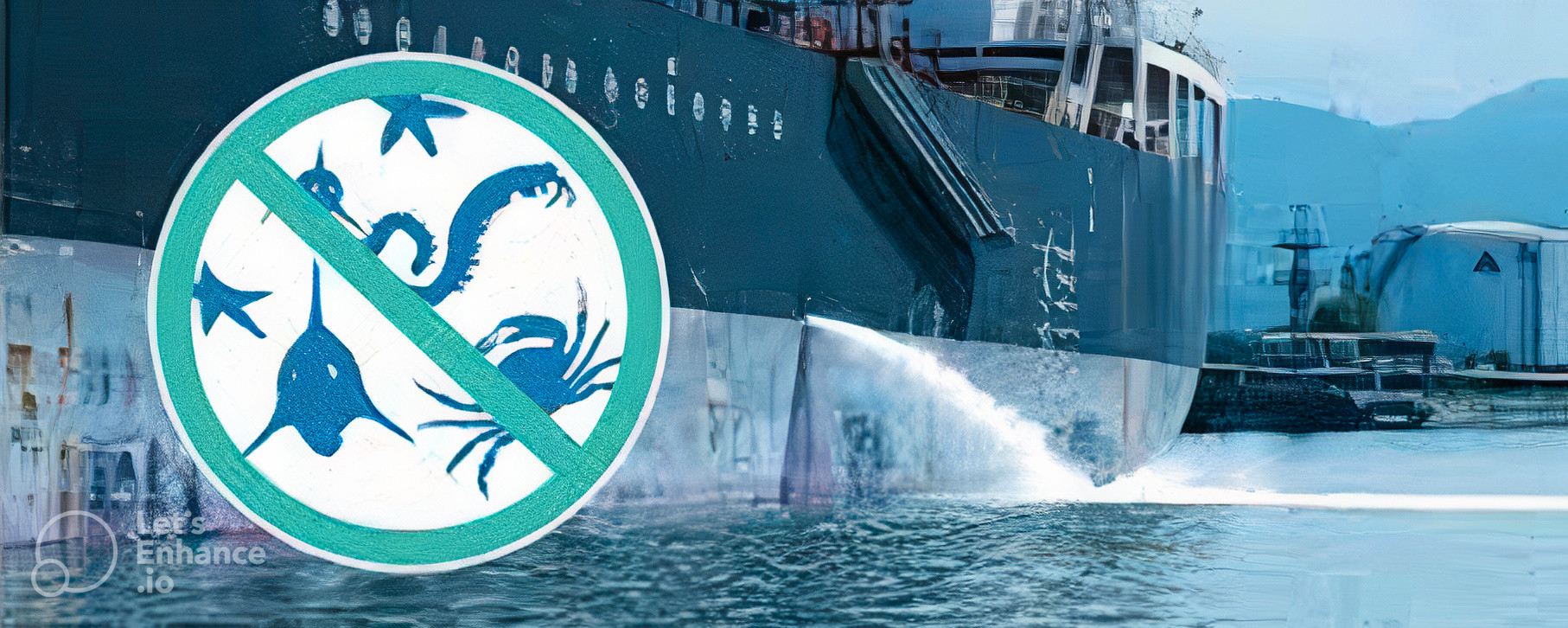Ballast water plays a crucial role in stabilizing ships during voyages, but it also poses a significant environmental risk by transporting invasive aquatic species across different ecosystems. The Ballast Water Management (BWM) Convention, adopted by the International Maritime Organization (IMO) in 2004 and enforced since September 8, 2017, aims to mitigate this problem. However, over the years, questions have arisen regarding the effectiveness of these measures. In this article, we examine the latest updates on ballast water management, the challenges faced by the maritime industry, and emerging technologies that improve compliance and environmental protection.

The introduction of non-native species through ballast water discharge can lead to significant ecological impacts. Such species can outcompete local ones, disrupting the balance of local marine ecosystems. Furthermore, invasive species can affect local fisheries, aquaculture operations, and other marine-based industries, leading to economic losses.
Ballast Water Treatment Methods
Ballast Water Treatment Systems (BWTS) are designed to neutralize or eradicate harmful organisms within ballast water. These systems employ various methodologies, drawing from mechanical, physical, and chemical processes to achieve purification.
a. Mechanical Methods:
Filtration:
One of the fundamental techniques in ballast water treatment, filtration involves the use of specially designed filters that capture and remove sediment and larger organisms present in the water. These filters, made of wire mesh or other fine materials, act as a physical barrier. Depending on the design, they can capture organisms of different sizes, ranging from phytoplankton to larger zooplankton. It’s worth noting that filters are usually the first line of defense in a multi-stage ballast water treatment system and are often used in conjunction with other methods to ensure comprehensive treatment [1].
b. Physical Disinfection:
Ultraviolet (UV) Radiation:
UV radiation offers a non-chemical approach to disinfection. When ballast water is exposed to UV light, the radiation penetrates the cells of microorganisms, damaging their DNA. This genetic damage inhibits their ability to reproduce, rendering them harmless. UV treatment is effective against a wide range of organisms but requires the water to be relatively clear to ensure effective penetration of UV rays [2].
Heat Treatment:
By raising the temperature of ballast water, heat treatment eradicates microorganisms that cannot endure high-temperature conditions. While it’s a straightforward approach, the energy requirements and potential scaling problems on heat exchangers make it less popular than other methods [3].
Deoxygenation:
This method involves stripping oxygen from the ballast water, creating an environment where aerobic microorganisms and pests cannot survive. Nitrogen or other inert gases can be used to achieve deoxygenation. However, ensuring complete removal of oxygen can be challenging [4].
Ultrasound:
Ultrasound employs high-frequency sound waves to create cavitation bubbles in the water. When these bubbles collapse, they produce shock waves that can kill or damage organisms. This method is often used in tandem with other treatment processes to enhance their efficacy [5].
c. Chemical Disinfection:
Electrochlorination:
This process involves passing an electric current through seawater, which results in the production of chlorine from the natural salts in the water. This chlorine acts as a disinfectant, neutralizing many harmful organisms. Once the treatment is done, the chlorine breaks down into non-harmful byproducts. The effectiveness of electrochlorination is influenced by the salinity and temperature of the water [6].
Ozonation:
Ozone, a powerful oxidizing agent, is introduced into ballast water, where it reacts with and kills a variety of marine pests and pathogens. Because ozone quickly decomposes into oxygen, it leaves no harmful residuals. However, the method requires substantial energy, primarily due to the production of ozone [7].
Biocides:
Biocides are chemicals specifically designed to kill or inhibit the growth of living organisms. Depending on their formulation, biocides can be broad-spectrum (targeting a wide range of organisms) or targeted (focusing on specific species). The use of biocides requires careful management to ensure that harmful residuals aren’t released into the environment [8].
Regulatory Framework, Challenges and Considerations
International Maritime Organization (IMO): The IMO introduced the Ballast Water Management Convention in 2004, which mandates standards for the control and management of ship ballast water. Many countries have additional standards and regulations that ships must adhere to when operating in their waters.Challenges and Considerations are:
- Operational Challenges: Some treatment systems may be affected by water turbidity, salinity, or temperature.
- Residual Substances: Some treatment methods may leave residual substances in the ballast water that could be harmful.
- Maintenance: BWTS require regular maintenance to ensure they operate effectively.
- Cost: Installation and maintenance of BWTS can be expensive, especially for smaller shipping companies.
The Future of Ballast Water Treatment
Newer, more efficient treatment technologies are continually being developed. However, as awareness of environmental issues grows, regulations surrounding ballast water treatment are expected to become even stricter. Advanced monitoring systems onboard ships ensure compliance with international standards and provide data for ongoing research. Ballast Water Treatment Systems play a crucial role in preserving marine ecosystems worldwide. By understanding their importance, workings, and the challenges associated with them, the maritime industry can continue its efforts towards sustainable and environmentally-friendly shipping practices. As technology and regulations evolve, so too will the methods we use to ensure our oceans remain resilient and vibrant.
Here are three multiple-choice questions for ship cadets and students:
Question 1:
What is the primary purpose of ballast water treatment systems on ships?
A) To improve fuel efficiency
B) To stabilize the ship during voyages
C) To prevent the spread of invasive aquatic species
D) To enhance cargo capacity
Question 2:
Which international convention regulates the management of ships’ ballast water to protect marine environments?
A) MARPOL Convention
B) SOLAS Convention
C) Ballast Water Management (BWM) Convention
D) STCW Convention
Question 3:
Which of the following is a common method used in ballast water treatment systems to neutralize organisms?
A) Electrolysis
B) Filtration
C) Chemical biocides
D) All of the above
CCD

